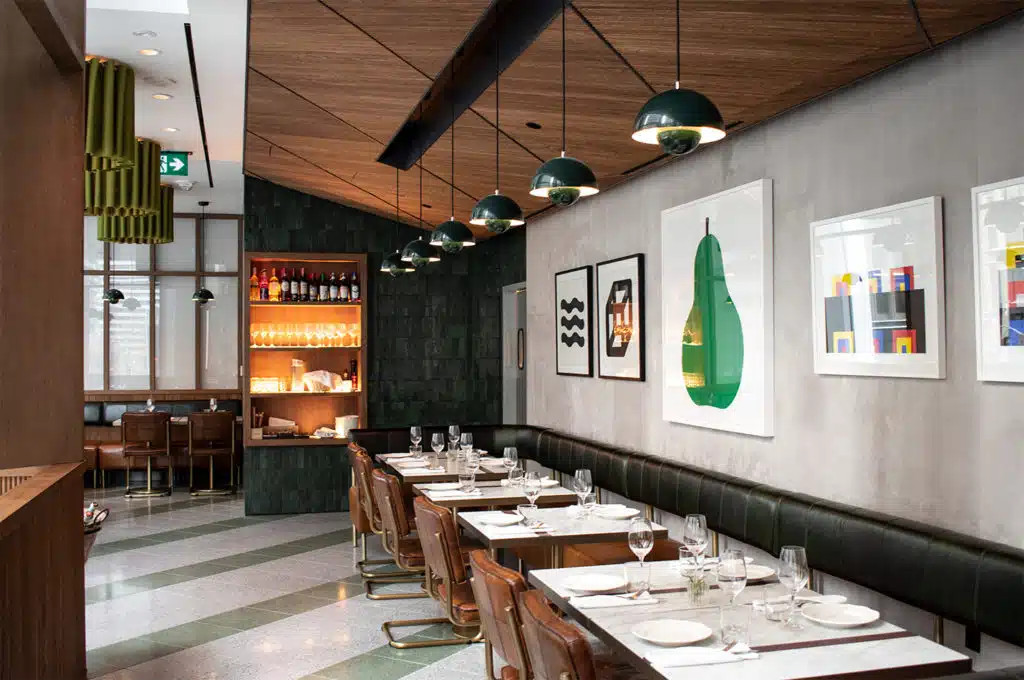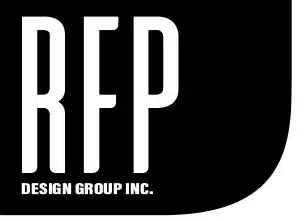Custom Kiosk Displays
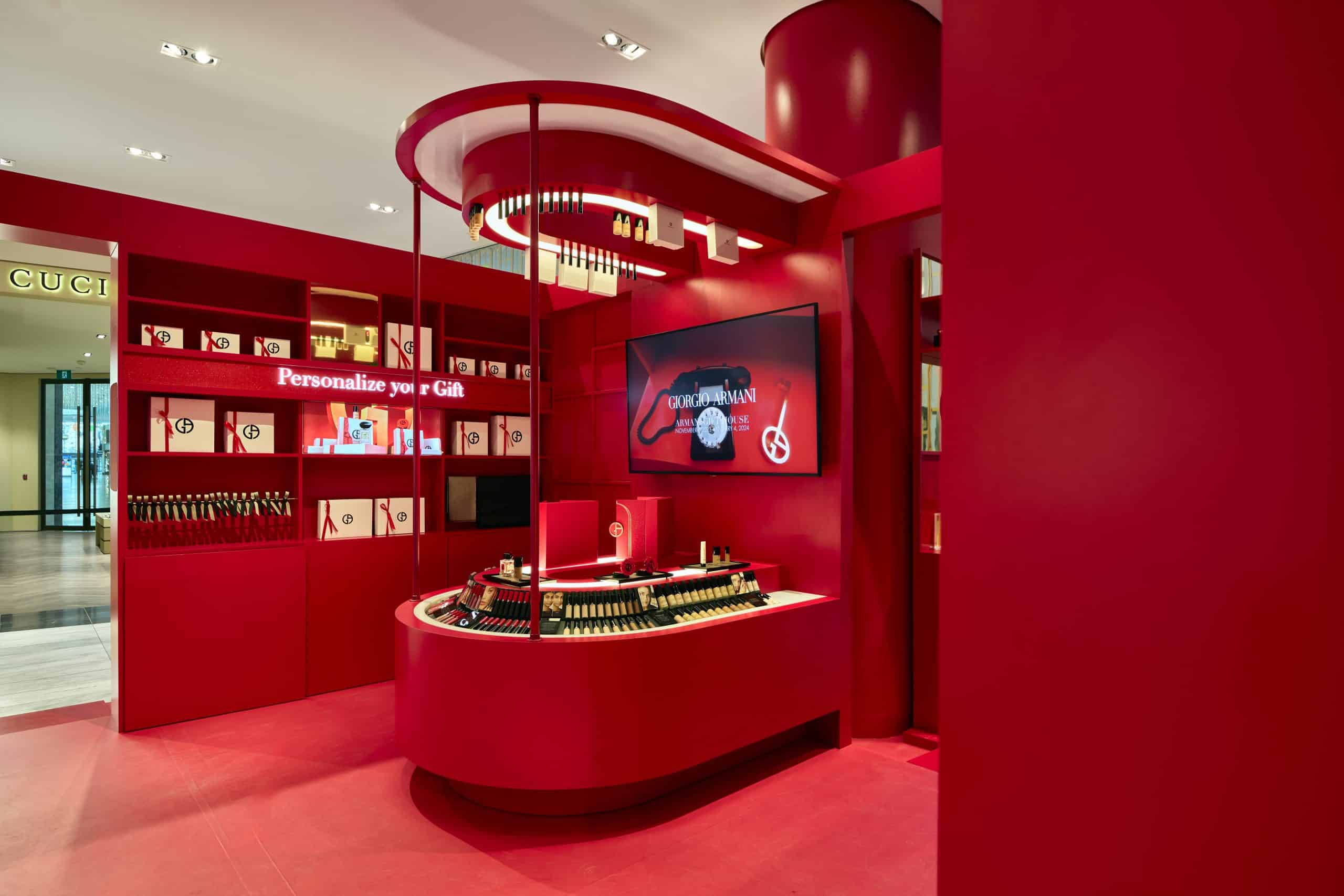
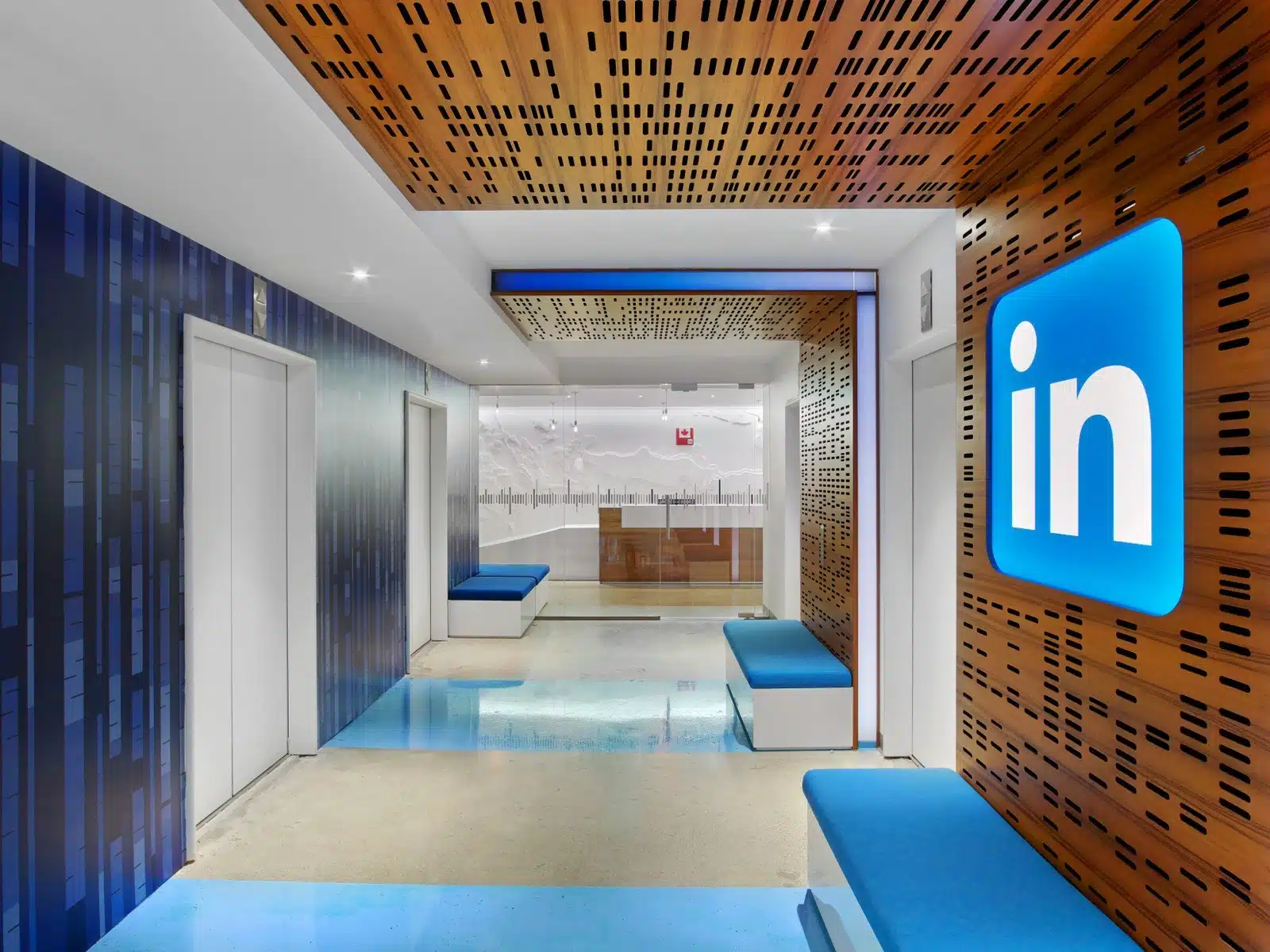
Digital Signage
Digital signage serves as a dynamic catalyst for transforming the retail landscape and significantly enhancing a store’s conversion rate. By leveraging captivating visuals, targeted messaging, and real-time updates, digital signage engages customers on a deeper level, capturing their attention and guiding them through a personalized and immersive shopping experience. The ability to showcase promotions, highlight product features, and convey brand messaging instantaneously empowers retailers to influence purchasing decisions at the point of sale. This dynamic engagement not only fosters customer loyalty but also boosts overall sales by providing relevant and timely information, creating a seamless and memorable journey that ultimately drives a higher conversion rate for the store.
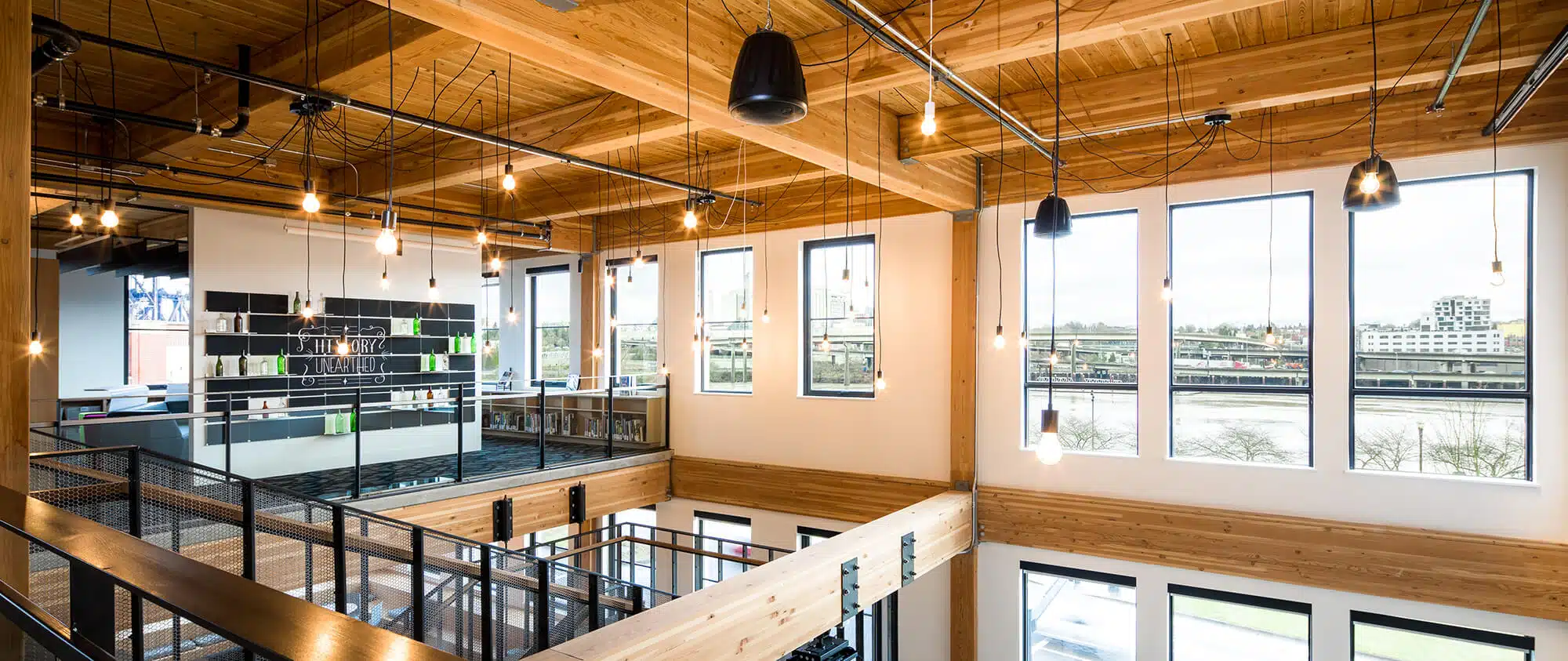
Digital Kiosks
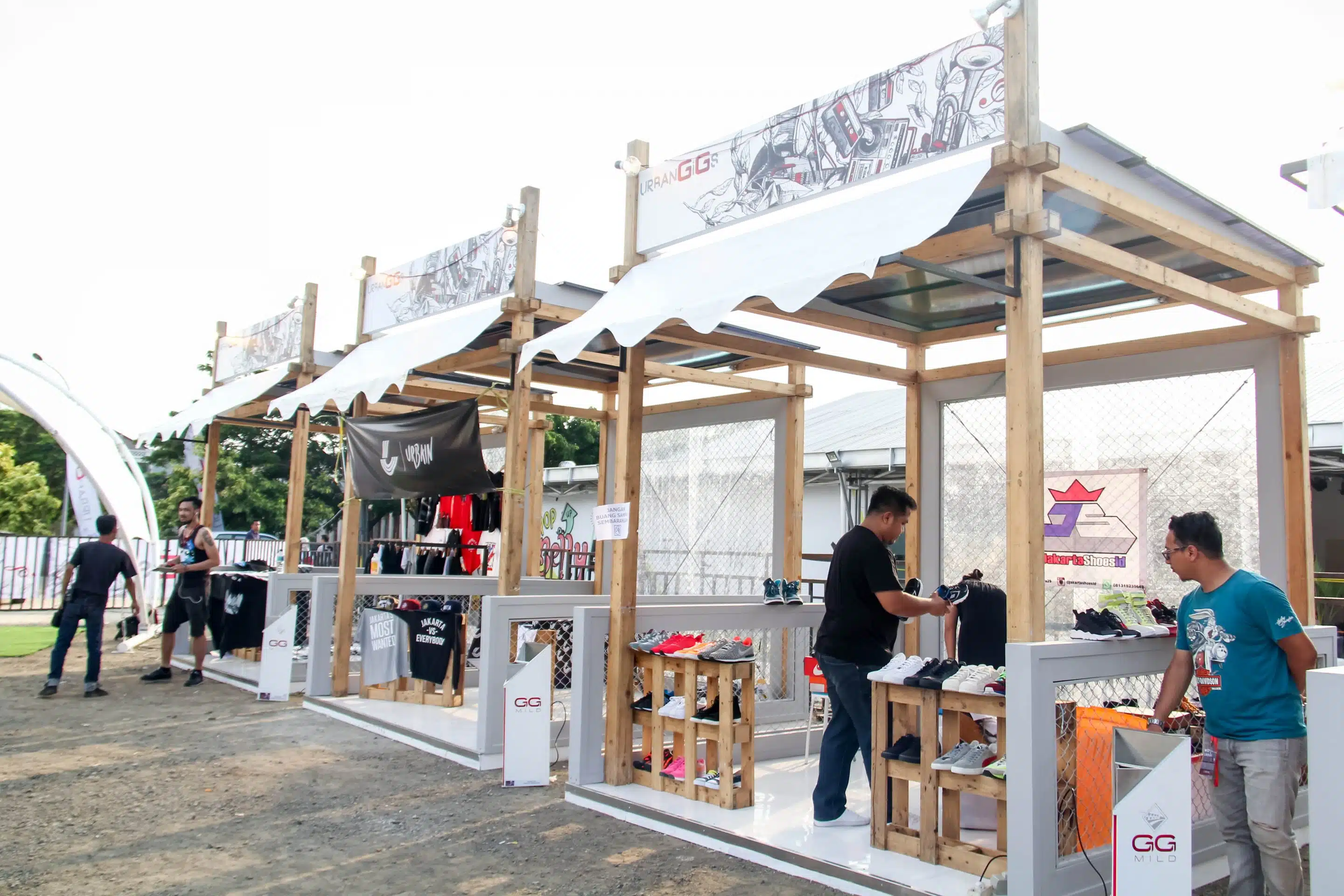
Trade Shows
We specialize in crafting custom kiosk displays tailored to elevate your presence at trade shows. Our custom kiosk displays are designed to captivate your audience, making a lasting impression and setting you apart from the competition. With cutting-edge technology, seamless aesthetics, and personalized features, our displays not only showcase your products and services with style but also create an immersive and interactive experience for trade show attendees. Stand out in the crowd, enhance brand visibility, and leave a lasting impact with our meticulously designed custom kiosk displays, ensuring that your brand remains at the forefront of every trade show event.
